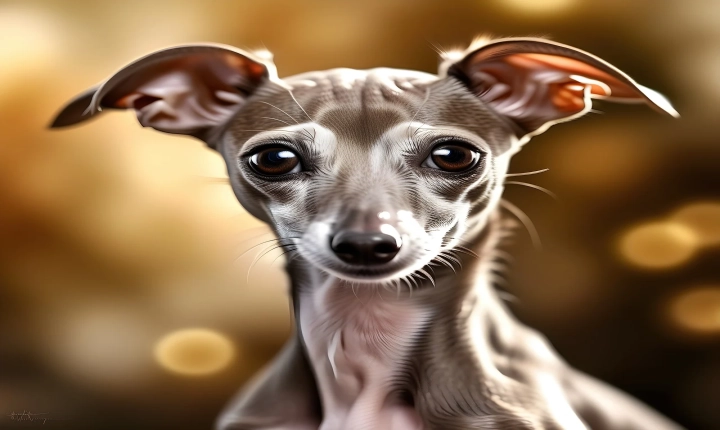AI, or artificial insemination, has become a common practice in the cattle industry as a means of improving breeding efficiency and genetic diversity. However, performing AI on cattle comes with its own set of challenges, making it a difficult and specialized skill.
One of the primary difficulties in AI cattle is the physical technique required for the procedure. Cattle are large animals, and the process of safely and effectively navigating the reproductive tract to deposit semen demands precision and skill. AI practitioners must be trained to handle and maneuver the AI equipment within the cow’s reproductive system, which can be both physically demanding and mentally challenging.
Furthermore, the nature of cattle behavior presents another challenge to AI. Cattle are known to be unpredictable and can exhibit anxiety or resistance during handling. This can make it difficult for AI practitioners to approach and efficiently inseminate the animals. Additionally, the timing of AI is crucial, and accurately predicting the cow’s heat cycle adds another layer of complexity to the process.
Moreover, the success of AI in cattle also relies on the quality of semen used. Proper handling, storage, and assessment of semen are critical to achieving successful insemination. Factors such as sperm motility, concentration, and genetic compatibility all play a significant role in determining the fertilization potential of the semen. Therefore, AI practitioners must have a thorough understanding of semen quality and be able to discern and select the best semen for each individual animal.
In addition to the technical and behavioral challenges, AI in cattle requires a deep understanding of bovine reproductive physiology. AI practitioners must stay informed about the latest research and developments in reproductive technologies to ensure the highest success rates. This includes knowledge of reproductive hormones, estrus synchronization protocols, and pregnancy diagnosis techniques.
Despite the difficulties, AI in cattle offers numerous advantages such as improved genetic selection, reduced risk of disease transmission, and enhanced reproductive efficiency. The use of AI allows cattle breeders to access a wider range of genetic material, which can lead to improved production traits and overall herd quality.
In conclusion, AI in cattle poses several significant challenges that require specialized skills and knowledge. The physical technique, handling of animals, timing, semen quality, and reproductive physiology all contribute to the complexity of the process. However, with proper training, experience, and dedication, AI practitioners can overcome these challenges and contribute to the advancement of cattle breeding and genetic improvement.
